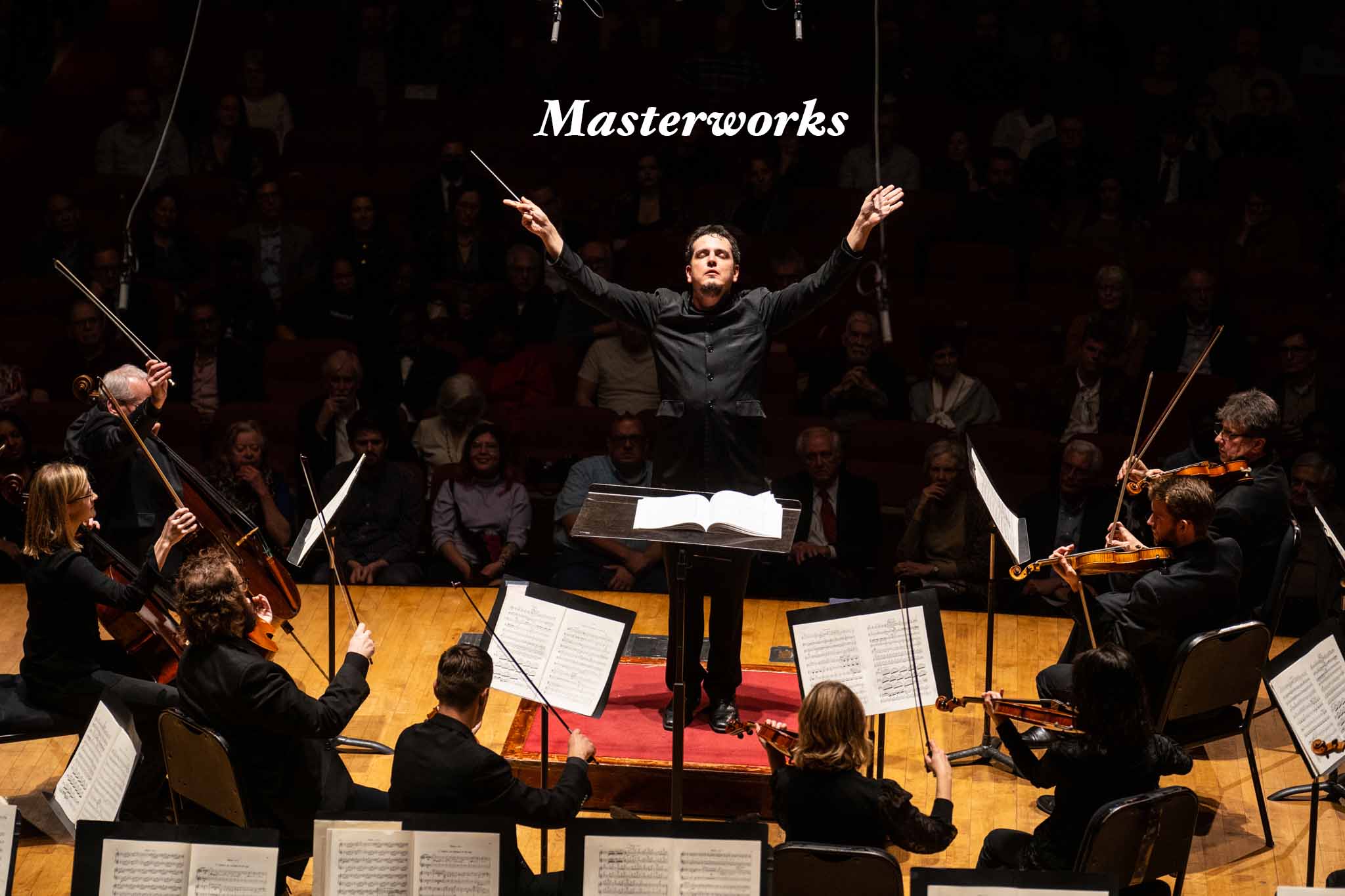
DMITRI SHOSTAKOVICH
Symphony No. 9 in E-flat Major
I. Allegro
II. Moderato
III. Presto
IV. Largo
V. Allegretto
INTERMISSION
LUDWIG VAN BEETHOVEN
Symphony No. 9 in D Minor, "Choral"
I. Allegro ma non troppo; un poco maestoso
II. Molto vivace
III. Adagio molto e cantabile
IV. Presto - Allegro assai - Allegro assai vivace
“Everyone is afraid to do a ninth. It is a jinx that people think about.”
— Phillip Glass
Imagine, for a moment, that you are a composer. You’ve written eight excellent symphonies and have just received a commission for another. As you read the request, your stomach twists with nerves. A ninth symphony? Do you dare?
There are two major fears associated with a ninth. First, there’s the pressure—several composers have already written monumental ninth symphonies. The weight of expectation is immense.
Then, there’s the curse. How many composers have died after completing their ninth symphony? Beethoven, Schubert, Bruckner, Dvořák, Vaughan Williams. Mahler was so afraid of the so-called “Curse of the Ninth” that he avoided numbering what would have been his ninth symphony altogether, instead calling it Das Lied von der Erde. He thought it might have worked, too, so he did number his next symphony as the Ninth and even began a tenth. And then, of course, he died. One would have to be exceptionally confident in their luck—and their health—to tempt fate like that.
As you get up for another cup of coffee, still contemplating whether you have enough audacity to start down this path, you curse the picture of Beethoven that hangs in your study. After all, wasn’t it he who started all this trouble in the first place?
